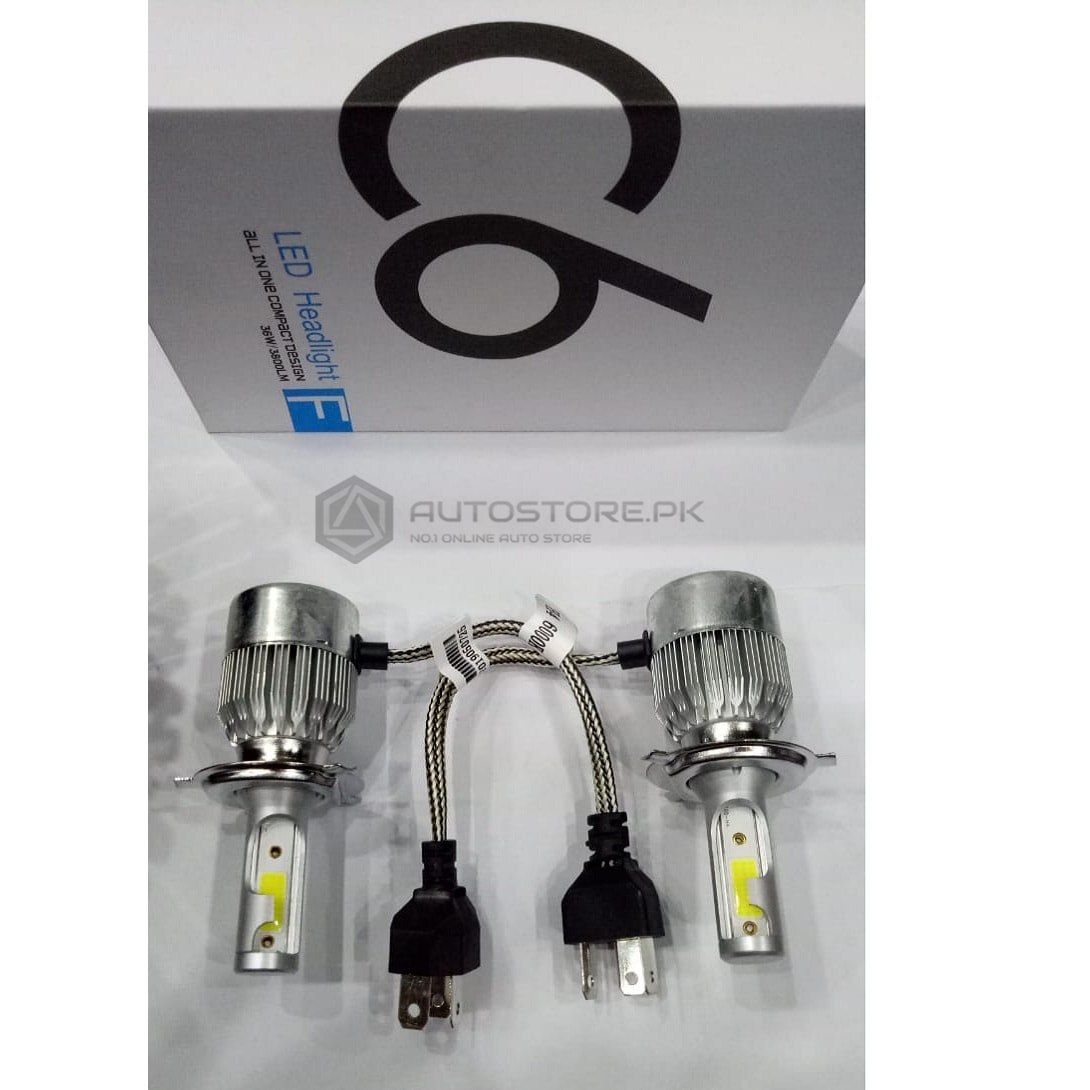In recent years, advancements in automotive technology have transformed the driving experience in ways unimaginable just a decade ago. One such innovation that has significantly impacted nighttime driving is the widespread adoption of Light Emitting Diode (LED) headlights.

These energy-efficient and powerful lighting systems have not only changed the aesthetic appeal of vehicles but have also enhanced safety and visibility on the roads.
The Evolution of Automotive Lighting:
Traditional halogen headlights have been the standard for decades, providing a warm and familiar glow. However, as technology progressed, automakers began incorporating more advanced lighting options. Xenon or High-Intensity Discharge (HID) headlights made their debut, offering brighter and whiter light than halogens. Nevertheless, the relatively high cost and certain drawbacks, such as slow warm-up times, limited their widespread adoption.
Enter LED headlights, which have rapidly become the new standard in automotive lighting. LED technology uses semiconductor diodes to produce light efficiently, offering several advantages over traditional lighting sources. As a result, many modern vehicles now come equipped with LED headlights, and the benefits they bring to the driving experience are noteworthy.
Enhanced Visibility and Safety:
One of the primary advantages of LED headlights is their superior brightness and color temperature. LED lights produce a crisp, white light that closely resembles natural daylight. This illumination enhances visibility for drivers, making it easier to identify obstacles, pedestrians, and road signs. Improved visibility contributes to overall safety on the road, reducing the likelihood of accidents and providing drivers with more time to react to potential hazards.
Energy Efficiency and Longevity:
LED headlights are not only brighter but also more energy-efficient than traditional halogen or even HID lights. They require less power to produce the same amount of light, contributing to fuel efficiency in vehicles equipped with them. Additionally, LED headlights have an impressive lifespan, often lasting significantly longer than halogen or HID bulbs. This longevity not only reduces the frequency of bulb replacements but also lowers the environmental impact of discarded bulbs.
Adaptive Lighting Systems:
Many modern LED headlight systems incorporate adaptive lighting technologies, further improving the driving experience. These systems can automatically adjust the direction and range of the headlights based on driving conditions, vehicle speed, and the presence of other vehicles. Adaptive lighting ensures that the road is adequately illuminated without causing glare for oncoming drivers, optimizing safety for everyone on the road.
Aesthetics and Design:
Beyond the functional benefits, LED headlights have also influenced the aesthetics of modern vehicles. The sleek and futuristic appearance of LED light strips and clusters has become a design element that adds to the overall visual appeal of cars. Automakers leverage LED technology not only for its performance advantages but also as a design feature that distinguishes their vehicles in a competitive market.
Conclusion:
The widespread adoption of LED headlights represents a significant leap forward in automotive lighting technology. The impact on the driving experience is multi-faceted, encompassing improved visibility, energy efficiency, longevity, and advanced adaptive features. As automotive technology continues to evolve, it is clear that LED headlights have paved the way for safer, more efficient, and aesthetically pleasing journeys on the roads. With clearer roads ahead, drivers can confidently embrace the future of automotive lighting.










